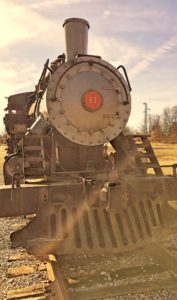Lexington, Kentucky is developing a comprehensive network of bikeways, walking paths, and trails. Unlike trail networks in many other cities, few of these trails are converted from abandoned railroad beds. What Lexington is doing is much more difficult. The city is fitting trails into the city infrastructure often without ready-made pathways. This requires ingenuity, commitment, and community support.
Successful trail projects provide inspiration and increase desire for more trails. Lexington’s Legacy Trail is a shining example. At over 12 miles in length and with plans to extend it toward Georgetown, it is currently the longest bike path in Lexington. Originally constructed for the 2010 Alltech FEI World Equestrian Games, the trail was designed to be a lasting legacy that would connect Lexington downtown to the Kentucky Horse Park, the site of the games. This well maintained paved trail provides a quick escape from the city into the restful rolling hills of the Kentucky bluegrass. Although not a rail-trail, it provides similar benefits. This mostly off-street path features historic sites and interpretive signs, art installations and sculptures, and beautiful rural countryside.
Another legacy of Lexington is its water source. The city was founded in 1779 along the banks of the Town Branch of the Elkhorn Creek. Already in development and funded for almost all of the rest, the Town Branch trail will follow alongside this important water course from the west side of Lexington, through Lexington’s historic Bourbon Distillery District, cross downtown, and connect with the Legacy Trail.
This combined trail system will provide a delightful bicycle and pedestrian friendly route through Lexington. I’m excited to watch it develop.
